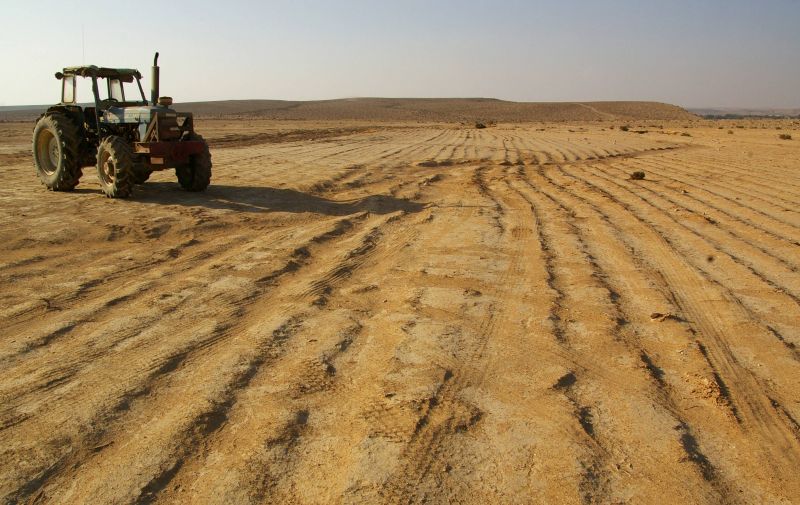Optimization of Graywater Reuse in Desert Regions
Published on by Water Network Research, Official research team of The Water Network in Academic
According to a new study by Prof. Amit Gross, head of the Department of Environmental Hydrology and Microbiology in the Zuckerberg Institute, treating graywater using biofiltration is more efficient for irrigation in arid, sandy soils.

Modern Desert Agriculture, Wikimedia Commons by צולם על ידי שי קסל
Prof. Gross and his research team found that graywater does not infiltrate through the soil as easily as freshwater and is slower to reach plant roots, causing a condition known as graywater-induced hydrophobicity.
Instead of infiltrating into the ground as freshwater does, the water collects on the surface of the soil, leading to possible erosion.
“Graywater-induced hydrophobicity is likely temporary and disappears quickly following rainwater or freshwater irrigation events,” says Prof. Gross. “However, it is a more significant concern in arid lands with negligible rainfall as compared with wetter regions.”
By treating the graywater using biofiltration to degrade the hydrophobic organic compounds, the problem is eliminated.
In the study, the researchers examined how graywater induces soil hydrophobicity, as well as its degree and persistence. They created three graywater models using raw (untreated), treated and highly treated graywater to irrigate fine-grained sand compared to a freshwater control.
The result was that only the raw graywater irrigated soil showed hydrophobicity, which could be mitigated with both moderately and highly treated solutions.
“Onsite reuse of graywater for irrigation is perceived as a low risk and economical way of reducing freshwater use and, as such, it is gaining in popularity in both developing and developed countries,” says Prof. Gross.
“As many government authorities are establishing new guidelines, the results of this study reinforce the recommendations to treat graywater before reusing for irrigation, particularly in arid regions.”
Read full article: Jerusalem Online
Media
Taxonomy
- Agriculture
- Irrigation
- Water Scarcity In Desert area
- Drought
- Combating Desertification
- Grey Water
- Consumption